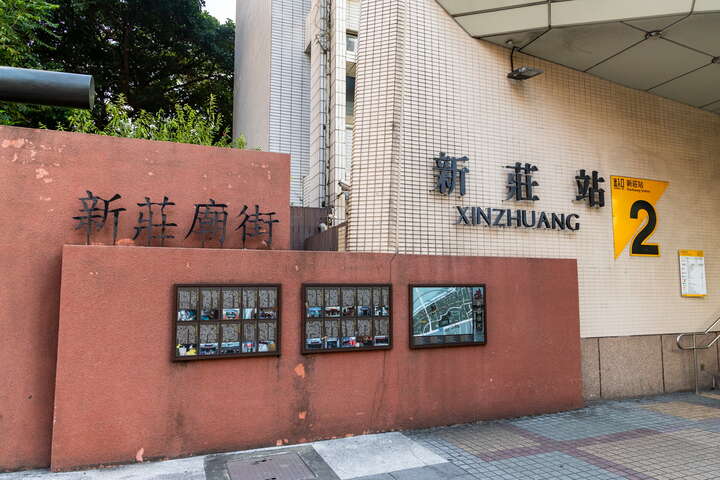Xinzhuang Temple Street Business District Introduction
Xinzhuang means "new prosperous street," and has a history of over 300 years dating back to the late Kangxi period of the Qing Dynasty. Xinzhuang is the earliest township in the Taipei Basin, benefiting from the convenient shipping system of the Tamsui River basin. In the Qing Dynasty, it was praised with the saying "with a thousand sails at Xinzhuang Port, a myriad of lights gathered in the marketplace," and became the third largest thriving city in Taiwan. Immigrants from various regions brought their hometown beliefs to Xinzhuang in search of a livelihood, making it one of the areas in New Taipei with the densest concentration of century-old temples, thus it is referred to as Xinzhuang Temple Street. The Xinzhuang Temple Street business district, guarded by deities, is home to ancient temples with flourishing incense, witnessing the rise and fall of Xinzhuang over the centuries, and is an important cultural asset of New Taipei City. Among these, Guangfu Temple is designated as a national historic site; Ciyou Temple, Wusheng Temple, and Wen Chang Temple are designated as municipal historic sites, all serving as significant centers of belief in the Xinzhuang area. While strolling in Xinzhuang, one might as well enter the temples to light incense and pray for family safety and national peace. The fragrant ambiance in front of the temples on Xinzhuang Temple Street hides historical charm in its essence, with century-old lanes like Mishi Street, Xiguan Alley, and Datiehang exuding the unique scents and sounds of the old street. At night, Xinzhuang Temple Street transforms into a lively night market, where tempting stalls featuring runbing rolls, Mongolian barbecue, guazi meat rice, and red fermented meat balls rise with steam and aroma before century-old temples, each stall offering flavors honed through generations, worthy of testing.


























